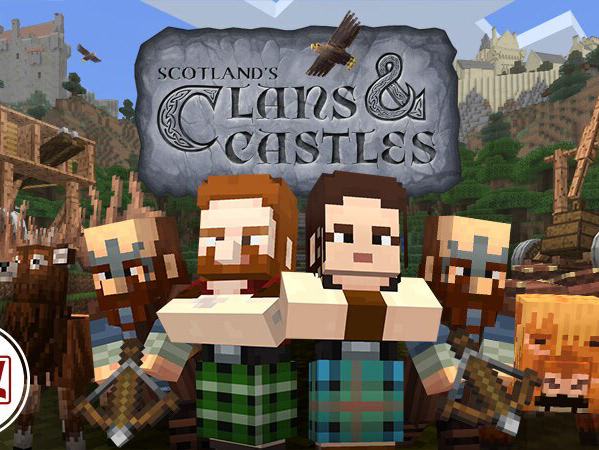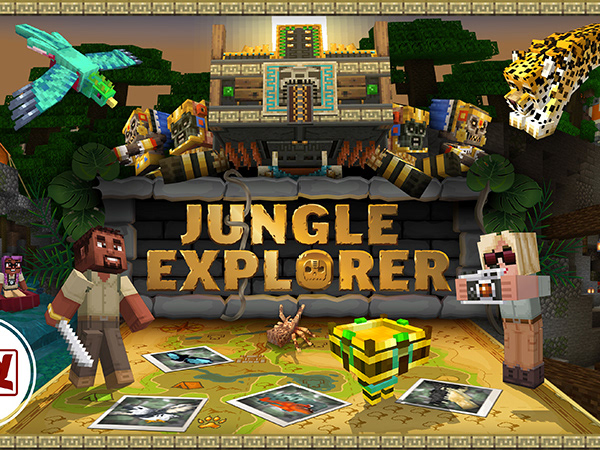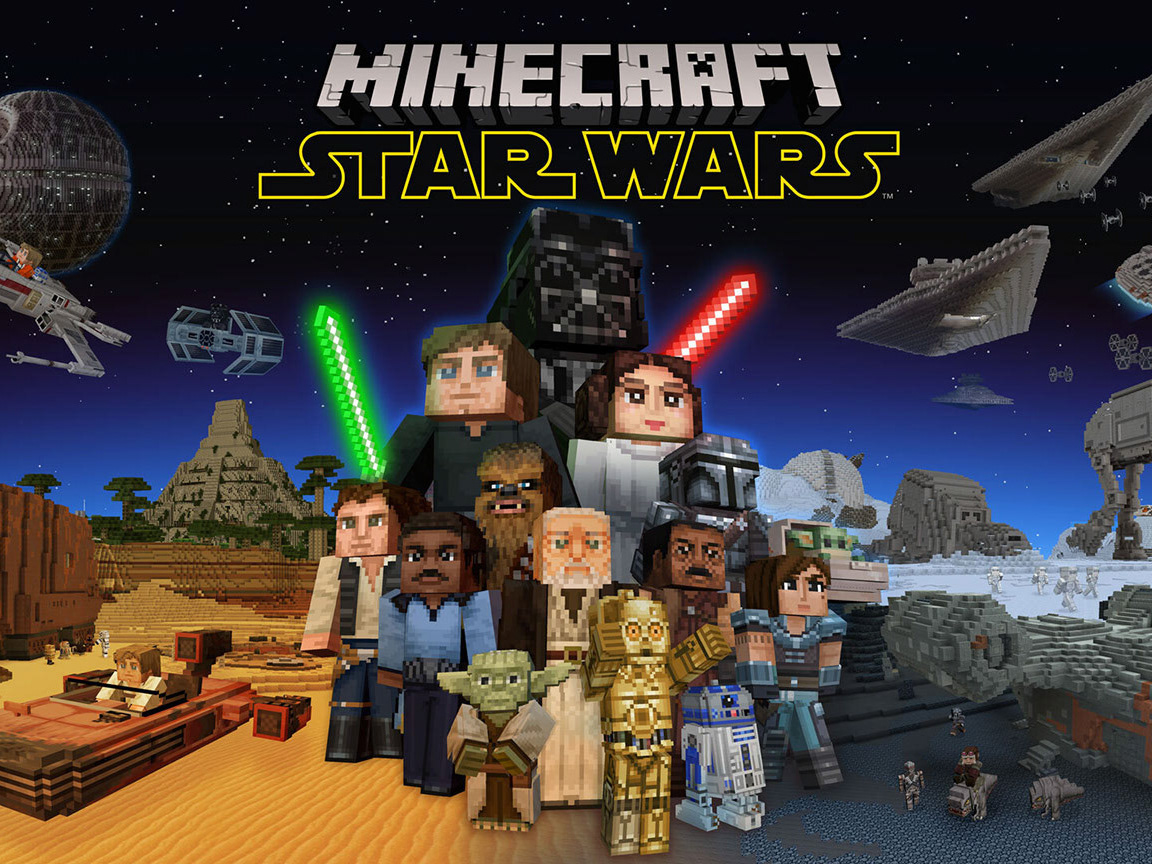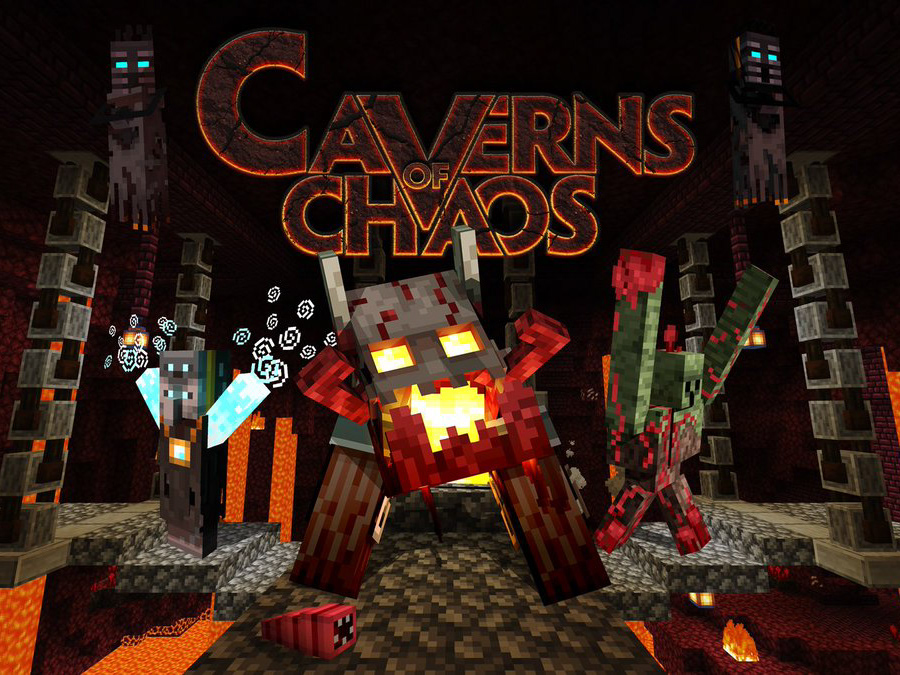Roles and Responsibilities
During this project I was primarily a level and quest designer, but also worked on tool design and design processes. Within those roles I was responsible for:
- Greyboxing and level design
- Creating narratives for levels, and breaking these narratives into a series of quests and beats
- Content creation
- Budgeting and breaking down design workloads
- Communicating design needs to art teams and finding solutions which were compatible within very large levels hosted on a live server environment on mobile and PC
- Creating compelling factions and storylines for each
- Understanding the needs of other designers and creating best process and practices for the whole team
- Improving and refining level creation pipelines to reduce the turn arounds on creating new levels
- Designing tools for the level and quest design team
- Creating, and templating for future use, high quality design documentation to be used by multiple disciplines
- Level and feature testing
- On boarding and upskilling junior team members on design practices, level design theory, Unity, and the game's in house tooling
Level Design
When I joined the project we initially aimed to use auto-generated levels and my role was to generate exciting and unique environments, create narrative and quest content within these environments, design and pitch events and multiplayer activities within the environments, and work with artists to create exciting and unique biome or architectural weenies.
After some time on the project this approach changed to making hand crafted bespoke environments. This change introduced my first responsibilities as a tools designer. I worked closely with an environment artists to design a terrain editing tool kit which supported fast greyboxing, highly polished final environments, terrain painting and blending, and custom brushes for varied terrain types. Within the requirements listed on the tool, I was also responsible for designing the usability and readability of every action the tool could perform.
Whilst tools were developed I moved to paper planning many of our quest lines and levels so that a backlog was ready for additional level designers to pull from in the future.
Once tools were available, I was paired with a second level designer and tasked with creating our vertical slice level based upon a requirements list from project leadership.
We created a multi-user work flow within unity to divide the work load and be able to edit the level in tandem.
Once we had a scene set up to work in, we worked with narrative and quest designers more closely again to create a level which:
- Showed the progression systems of the game and made players feel like they were growing in power
- Highlighted our combat, resource, and loot systems and encouraged players to explore and experience every nook and cranny of the level
- Built varied levels of tension based upon which area of the level the player was in
- Introduced our quest system and drew players into a quest line which would take them through each core area of the level, and offer them a climactic resolution
Once we had a plan for the goals above, we worked to actualize these on paper and then in software. This was a highly iterative process and involved prioritization of goals first and foremost. We began with quest content and used the quest as a level to assist creating and relieving tension. Following the plotting of quest beats, we assessed the intended player level at each beat in the quest. Once we had this information we were able to work on additional areas of the level to support players exploring in search of more experience, currency, and items so that they could achieve the next quest stage. To give a climactic ending to the level we included unmarked quests delivered via lore drops and loot, the stories told within these gave players even more information than the main questline on what they were destined to face at the end of the level.
We mirrored the build toward the final climax in the height of the level. We sent the player on a deadly journey toward the highest peak in the level to face their final enemy. The journey had twists and turns that mirrored the twists and turns in the quest beats which were drawing them to their goal.
Any areas off of the main path were made lower and viewable from overlooks and bridges to establish curiosity in the player.
We leveraged environmental framing and the flow direction of waterways to help players navigate with ease.







